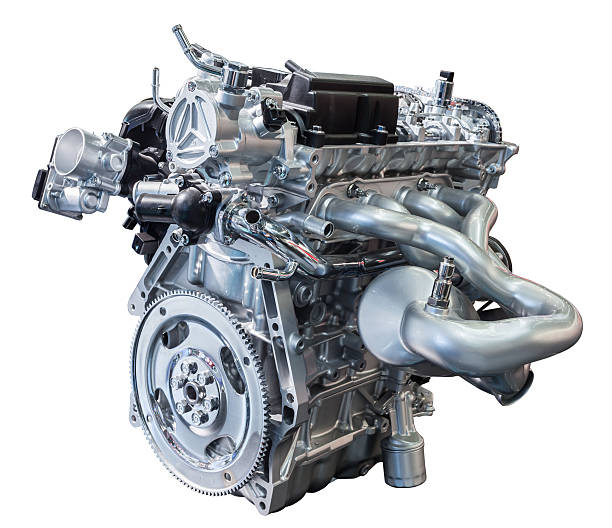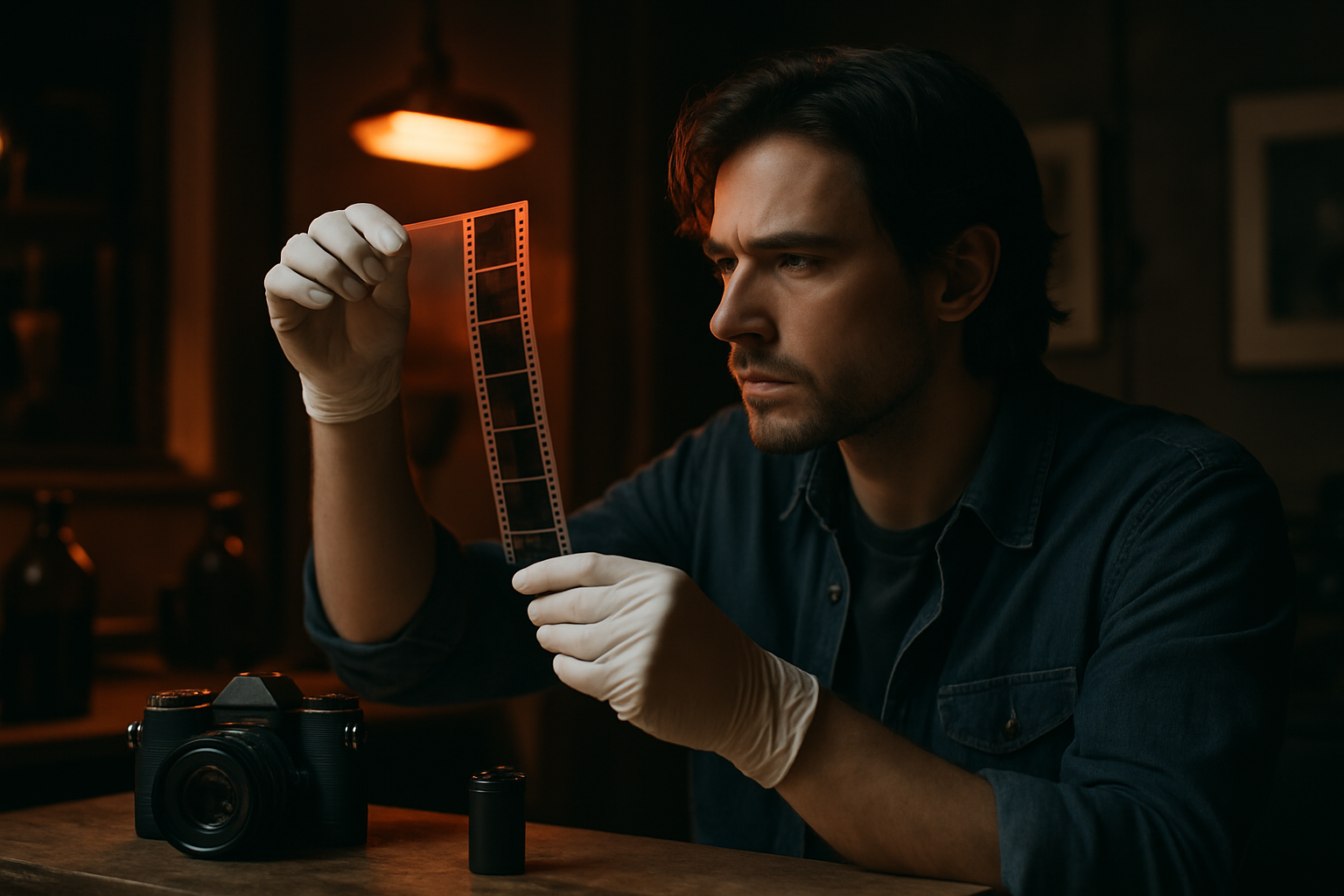The Resurgence of Analog Photography in the Digital Age
In an era dominated by digital technology, a surprising trend has emerged in the world of photography. Analog photography, once considered obsolete, is experiencing a remarkable revival. This resurgence is not merely a nostalgic nod to the past, but a vibrant movement reshaping contemporary visual culture. As digital cameras become increasingly sophisticated, why are artists and enthusiasts returning to film? This article explores the multifaceted renaissance of analog photography, its impact on the art world, and what it reveals about our relationship with technology and creativity.

A Slower, More Deliberate Process
The resurgence of analog photography is partly driven by a desire for a more mindful approach to image-making. Unlike digital photography, which allows for endless shots and instant gratification, film requires careful consideration of each frame. This limitation fosters a more intentional and thoughtful creative process, encouraging photographers to slow down and truly connect with their subjects and surroundings.
The Tangible Appeal
In an increasingly digital world, the physicality of film photography holds a unique appeal. From the satisfying click of a mechanical shutter to the anticipation of developing a roll, analog photography offers a tactile experience that many find lacking in digital formats. The resulting prints and negatives provide a tangible connection to the photographic process, becoming cherished objects in their own right.
A New Generation Discovers Film
Surprisingly, it’s not just seasoned photographers driving this trend. A new generation, raised on smartphones and social media, is discovering the joys of analog photography for the first time. This demographic is drawn to the novelty and authenticity of film, seeing it as a refreshing alternative to the oversaturated world of digital imagery. Photography schools and workshops are responding to this interest, reintroducing film techniques to their curricula.
The Intersection of Analog and Digital
Rather than rejecting digital technology outright, many photographers are finding innovative ways to blend analog and digital techniques. This hybrid approach allows for the best of both worlds: the organic quality of film combined with the convenience and flexibility of digital post-processing. The result is a new aesthetic that honors the past while embracing the future of photography.
The Impact on the Photography Industry
The resurgence of analog photography has had significant ripple effects throughout the industry. Film manufacturers, once on the brink of extinction, are seeing renewed demand for their products. Vintage camera markets are thriving, with prices for classic models soaring. Additionally, specialty labs and darkrooms are opening to cater to this growing community of film enthusiasts.
Analog in Contemporary Art
The fine art world has also embraced the analog revival. Galleries and museums are showcasing work that celebrates the unique qualities of film photography. This renewed interest has led to a reevaluation of historical photographic techniques, with some artists exploring long-forgotten processes like daguerreotypes and wet plate collodion. These archaic methods are finding new relevance in contemporary artistic expression.
Environmental Considerations
As environmental concerns become increasingly pressing, the sustainability of analog photography has come under scrutiny. While digital photography has its own environmental impact, the chemical processes involved in film development pose unique challenges. However, this has led to innovations in eco-friendly developing techniques and a growing emphasis on responsible practices within the analog community.
The Future of Analog Photography
As the analog revival continues to gain momentum, questions arise about its long-term sustainability. Will it remain a niche interest, or could it signify a broader shift in our approach to technology and creativity? While it’s unlikely that film will ever regain its former dominance, its resurgence suggests a growing appreciation for slower, more intentional forms of artistic expression in our fast-paced digital world.
The resurgence of analog photography represents more than just a passing trend. It reflects a deeper cultural desire for authenticity, tactility, and mindfulness in our creative pursuits. As we navigate an increasingly digital landscape, the enduring appeal of film serves as a reminder of the value of imperfection, patience, and the tangible artifacts of our creative endeavors. Whether used exclusively or in conjunction with digital techniques, analog photography continues to offer a unique and compelling means of capturing and interpreting the world around us.




